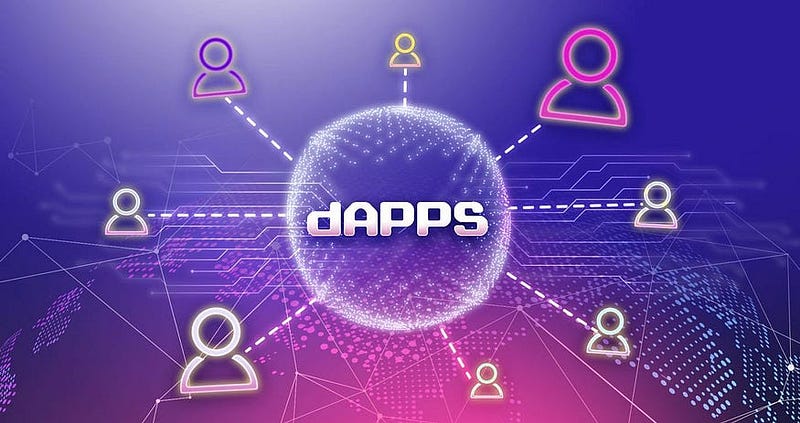Last week we saw what protocols and decentralized applications (dapps) are and their main types. However, there are many types of platforms…
Last week we saw what protocols and decentralized applications (dapps) are and their main types. However, there are many types of platforms in DeFi.
In this article, we are going to explain those types of platforms that are not the main ones but are still important, so that you can have a global view of the DeFi ecosystem.

Stablecoin platforms: The objective of these platforms is to issue a cryptocurrency whose value is always linked to the value of an asset, usually the dollar, i.e. a stablecoin. Their job is to buy the stablecoin when there is selling pressure and issue it when there is buying pressure to always keep the value equal to a dollar.
Typically, stablecoin platforms are either collateral-backed platforms, meaning that each stablecoin unit is backed by some digital asset, or algorithmic platforms, meaning that the stablecoin is based on an algorithm that automatically, buys or issues the stablecoin to maintain parity.
The platform with the most widely used decentralized stablecoin is MakerDao, with the DAI stablecoin. DAI currently has a market capitalization of over $5 billion.
Financial derivatives platforms: they offer the possibility to trade derivatives such as options or futures and to do so with leverage.
It is worth mentioning the existence of a financial derivative specific to decentralized finance, namely perpetual futures. They are like normal futures contracts, but without an established expiration date, a user can keep the position as long as he wants unless he is liquidated.
Examples of financial derivatives platforms are Perpetual protocol and Hegic.
Multi-chain platforms: These are platforms that allow connection and communication between blockchains so that there can be a transfer of assets and information from one blockchain to another.
Some platforms are focused on the transfer of assets between blockchains, these are the bridges such as Multichain or Cbridge, while others offer full interoperability such as Polkadot.
Decentralized Oracles: They collect accurate real-world data and send it to the blockchain in a secure and reliable way. They act as a connection between ral-world data and the blockchain.
The code that executes the actions of many platforms on DeFi and on the blockchain in general acts in consequence of the data or results of different real-world events, oracles allow the code of different platforms to execute actions based on the reliable and accurate information provided by them, such as can be quotes of all kinds of assets, the weather or the result of a basketball game.
The most famous and widely used decentralized oracle is Chainlink.
Decentralized insurance platforms: These platforms make it possible to insure certain assets against different events for a certain time in exchange for a price.
The main risks against which the user can insure himself are:
· Smart contract vulnerability risk: The insurance platform covers against the risk that the code of the company in which the user has deposited the assets is hacked or used negligently, which would probably result in the loss of part or all of the assets.
· Custody risk: This is the risk that a custodian (usually a cryptocurrency broker such as Binance or Coibase) will lose some or all of the user’s assets or that the custodian has suspended the ability to withdraw the funds.
· Risk of loss of parity of stable currencies: it is the risk that the stable currency, a currency whose purpose is to maintain parity with another asset (such as DAI that maintains its value equal to one dollar) loses parity with its underlying asset. In this way, the funds held by the user in the form of this stable currency could lose part of their value.
Large decentralized insurers are InsurAce and Nexus Mutual.
As we can see, the ecosystem of decentralized finance offers a lot of financial services present in traditional finance.
0 comentarios